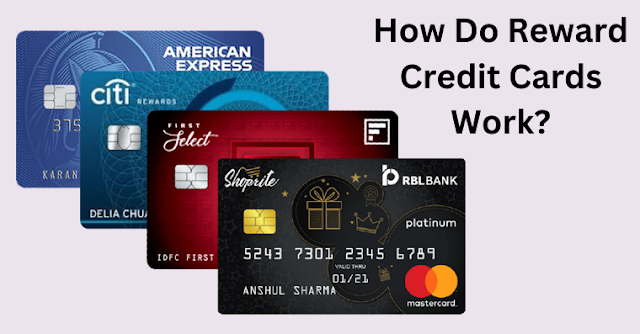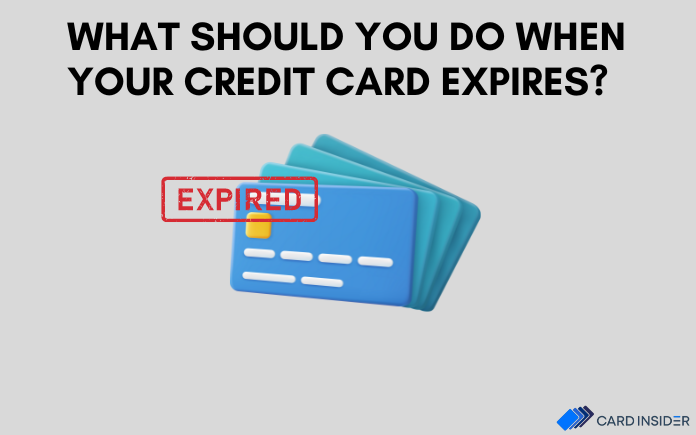How Do Reward Credit Cards Work?
The rewards point you collect when using your credit card for purchases are known as credit card reward points. There may be variations in how you earn and use credit card reward points depending on the credit card, the issuer, and the conversion rate. But understanding the details of credit card rewards doesn’t have to be difficult. We’re explaining how reward points operate, including what they are, when you receive credit card points, and how to use them.
What is a credit card reward?
Before we dive deep into credit card rewards program, understanding what qualifies as a reward card is important. If a card allows you to acquire cashback, point, or miles for your purchases then it is considered a rewards card. These cards either give flat-rate rewards, which are the same amount of rewards you receive for every purchase, or bonus rewards for curtain purchases.
How Rewards Credit Card Work
Today’s credit card market is dominated by rewards cards, which appear to have something to offer everyone. In addition to have various reward structures, each card has a different redemption process and list of possible rewards. Usually you can use your rewards to get checks, statement credits, gift cards, merchandise from the company, free travel. Or other benefits. At the end of each billing cycle, your rewards balance is displayed on your credit card statement.
Comparison of Reward Credit Cards
Here are some key characteristics to think about when looking for a rewards credit card.
Annual fees:
Annual fees are not required for all rewards credit cards, but many of the high paying ones are. Therefore it is important to consider the cost of any annual fee against the worth of the rewards you anticipate obtaining throughout the course of the year before enrolling. Paying the severa; hundred dollards in annual fees that some high-end cards charge could easily cancel out your reward if you don’t spent a lot of money.
Interest Rate:
Many reward cards provide a promotional first-year APR of 0%. After that, interest rate will be charged if your balance is not paid in full each month. If you keep carrying a balance, interest rates on rewards card can be high- often 15% to 20% or higher and they can quickly add up. Therefore, just like a significant annual fee, interest charges may be more expensive than any rewards you receive from your card.
Fixed vs. tier-based rewards
While some cards have fixed reward structure, others have tiers. Tiered cards provide varying degree of rewards for various kinds of purchases. For example, a tiered card might offer 3 points for each Rs.100 spent on fuel but only 1 point for each Rs.100 spent on groceries. However fixed cards, they always pay out at the same rate of rewards. For example, a fixed reward card would be one that offers 1% or 1.5% cashback on every purchase.
Spending limits on cashback
The amount of cashback rewards you can earn in some of the most valuable spending categories is typically capped by the credit cards that offer them. For example, a card might offer 3% cashback on the first of your quarterly grocery spending, but only 1% on all following purchases made in that category until the start of the following quarter.
Conclusion
A credit card’s bonus feature is a rewards program. This system cannot be classified as unfavourable. However, it is not entirely cost-free. You shouldn’t rely completely on reward points as a cardholder. If you intend to use a reward credit card, you should wisely pick one that provide rewards that are appropriate for you. While selecting a reward credit card it’s important to read the terms and conditions in full.
Additional Reading: Important Ways To Increase Your Credit Score



Comments
Post a Comment